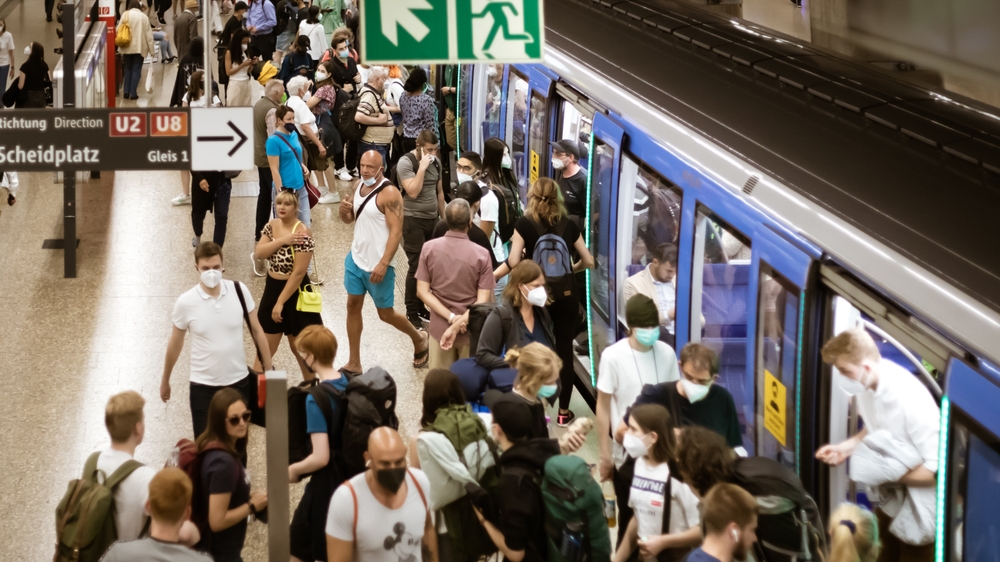The German population has surpassed 84 million people for the first time after the highest biannual rise in population growth since reunification, the Federal Statistical Office announced on Tuesday.
The German stats office confirmed that 843,000 more people were residing in Germany as of June 30, 2022, than at the end of last year, a population growth of 1 percent.
The number of inhabitants increased in all federal states, but particularly strong growth was recorded in Berlin, up 1.3 percent, followed by Bavaria and Hesse, both at 1.2 percent.
A similar level of population growth has only been recorded in Germany in recent times in 2015, following then Chancellor Angela Merkel’s decision to invite over 1 million people to Germany in a single year during the migrant crisis.
“For comparison: In the whole of 2021, the population increased by only 82,000 people or 0.1 percent,” wrote the stats office in a press release.
The main reason for the population growth is the admission of around 750,000 Ukrainian refugees; however, even disregarding this figure, Germany’s population increase in the last six months is still more than for all of 2021.
Women and girls living in Germany rose by 526,000, or 1.2 percent during the period in question, while the number of men and boys increased by 317,000, or 0.8 percent. This figure reflects to some extent the demographic of those fleeing Ukraine, with men expected to stay behind and counter the Russian invasion.
The difference between deaths and births in the country in the first half of 2022 had something of a counter-effect with 161,000 more deaths than births in the period.






